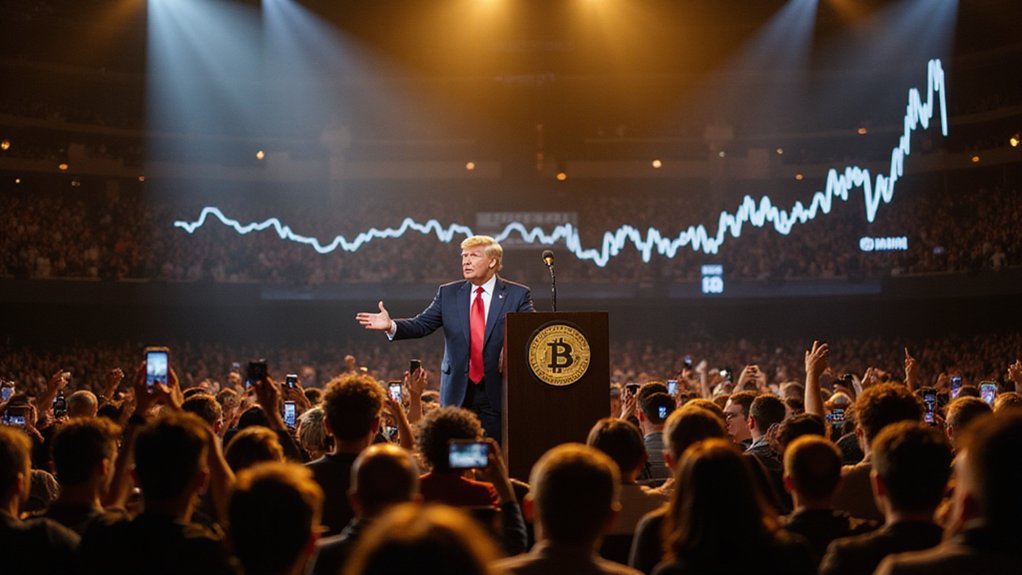How quickly the political pendulum can swing from crypto skepticism to full-throated embrace.
The pendulum of political expediency swings from crypto vilification to sovereign embrace with breathtaking velocity.
The March 2025 Executive Order establishing a Strategic Bitcoin Reserve represents a seismic shift in U.S. cryptocurrency policy, with bitcoin now officially designated as a reserve asset—a remarkable evolution for an instrument once dismissed as speculative froth by many of the same institutions now vying for positions within this new framework.
The administration’s approach—funding the Reserve through forfeited assets rather than taxpayer dollars—demonstrates political dexterity, embracing crypto without opening budgetary floodgates.
By compartmentalizing bitcoin from other digital assets (relegated to a separate “Digital Asset Stockpile”), the policy betrays a nuanced understanding of crypto’s heterogeneity, recognizing bitcoin’s unique position while maintaining flexibility toward the broader altcoin ecosystem.
Venture capitalist David Sacks’ appointment as “Crypto and AI Czar” signals the administration’s intent to leverage private sector expertise in crafting policy.
The Presidential Working Group‘s composition—drawing from SEC, CFTC, Treasury, Commerce, and Justice—suggests an attempt to harmonize the historically fragmented regulatory landscape that has bedeviled U.S. crypto firms maneuvering conflicting jurisdictional claims.
Markets responded predictably, with bitcoin prices surging on the announcement—though seasoned observers might wonder whether this reflects true institutional legitimization or merely another catalyst for speculation in an already frothy market.¹
The administration’s policy reversal—rolling back prior enforcement actions while promising regulatory clarity—represents the classic regulatory pendulum, though implementation details remain conspicuously absent.
The administration’s strategic approach acknowledges the foundational security that proof of work provides to the Bitcoin network, setting it apart from less established consensus mechanisms.
The broader vision articulated positions America as a crypto innovation hub, a stark departure from previous administrations’ approaches.
By treating bitcoin as a strategic asset while streamlining regulatory frameworks, the administration appears to be betting that embracing rather than resisting crypto’s inexorable advance will yield economic dividends.
The inclusion of Commissioner Hester Peirce leading the SEC Crypto 2.0 Task Force further demonstrates the administration’s commitment to providing regulatory clarity rather than pursuing enforcement-first strategies.
The administration’s commitment that the United States will not sell deposited bitcoin reinforces investor confidence that government holdings won’t suddenly flood the market.
Whether this calculated embrace translates into sustainable growth for the sector—or merely another cycle of boom and bust—remains the trillion-dollar question hanging over this bold policy pivot.
¹Not unlike the gold standard’s psychological underpinnings, perception often outweighs practicality.









